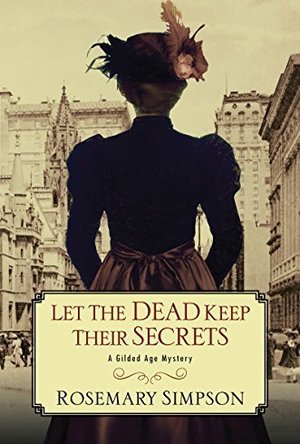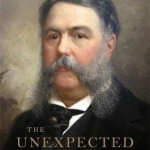
The Unexpected President: Chester A. Arthur--His Life and Times
Book
When President James Garfield was shot, no one in the United States was more dismayed than his Vice...

Wilde Moon (Wildeward Academy #5)
Book
Time to take London by storm. My name is Lady Victoria Grey. In Gilded Age London with its...
Historical Paranormal Reverse Harem MM Romance
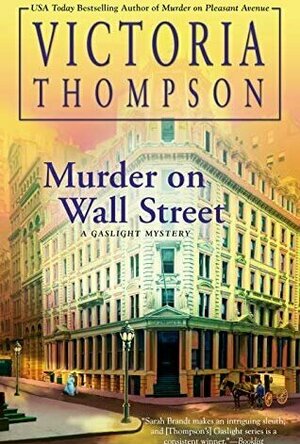
Murder on Wall Street
Book
Midwife Sarah Brandt Malloy and her detective husband, Frank, must discover who killed a...
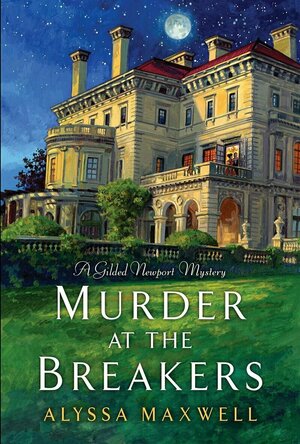
Murder at the Breakers
Book
For fans of HBO’s The Gilded Age, explore the dark side of the alluring world of America’s 19th...
Sassy Brit (97 KP) rated Let The Dead Keep Their Secrets in Books
Jun 5, 2019
The plot opens with New York opera singer Claire Buchanan calling on the investigative services of Prudence MacKenzie and her partner, Geoffrey Hunter. Claire shows up at their door begging them to find out exactly how her twin sister, Catherine, and newborn daughter died, believing it was not from natural causes. Catherine’s husband, Aaron Sorenson, is a scoundrel and appears to be marrying women, getting them pregnant, and then having baby and mother die in childbirth. Prudence and Geoffrey find that childbirth can be dangerous to one’s health as they realize that Sorenson’s current wife may also be in danger. His motive, both the late wife and the current wife would inherit a substantial estate, which will go to him upon their death. Sorensen seems to always be in need of money to pay mounting gambling debts. As the tension mounts the investigative team is putting themselves at risk in attempting to expose the murder-for-inheritance scheme.
The author noted, “Catherine was emotionally abused. Women during that time period did not have much choice. In the Gilded Age in New York women were still property of their husbands. They were very limited to what their husbands wanted.”
One of the important clues is a photograph of the late mother and child. Simpson weaves into the story a Victorian Era custom, post-mortem photography. During these scenes readers learn of the spiritualists who believe “about the possibility of capturing an image of the soul leaving a body at the moment of death.” It was during this time that Claire senses something from her twin sister. The author commented, “During my research, I read how twins separated by birth and raised by different families still have the same likes and dislikes and can sense how each other feels.”
Through the characters people learn of the Gilded Age era, with a fascinating description of the homes, the period clothing, and the city of New York. Unlike many women of the time, Prudence is very unconventional, desiring to take the bar exam and become a litigator. For now, she is content to be an amateur sleuth to her partner, ex-Pinkerton agent Geoffrey Hunter, as she learns on the job. “I wrote Prudence being raised by a widowed father who looked at her as a replacement for a son. He did not make an exception for her being a girl and made sure she had a very well developed sharp legal mind. She is determined to make her own way even though she inherited wealth. I read that the Pinkerton Agency hired a lady detective during the Civil War and knew I wanted to make my heroine an investigator who is constantly challenged by Geoffrey.”
The hero and heroine also have flaws. The author uses events that happened during the Gilded Age paralleling them with what is happening today. Simpson explained, “Geoffrey has left his southern roots, abandoning his culture and family. He has a lot of contradictions. Prudence must struggle with her addiction to the drug laudanum. She was given it by her family doctor to help her cope with her father’s passing and then her fiancé’s death. She overcame the reliance on laudanum but not without a terrible struggle and the knowledge that she would never be entirely free of it. I parallel it with the opioid epidemic today. People became accidental addicts because they were given the drugs legally to cope with physical and emotional pain.”
The antagonist, Simpson has no redeeming qualities. He is a cold and calculating thief, a swindler, and bigamist who victimizes rich women. “I wanted to write an absolute villain. He is unscrupulous, uncaring with no conscience. He had every vile habit known. I do not write cozy mysteries, but historical noirs. My bad guys are really, really bad who cause awful things to happen.”
The author definitely had done her homework. “I want to feel I live in this world for awhile and to get the reader to feel that also. I read the New York Times Archives and fall into the rhythm of the language used, how they spoke, wrote and thought. It puts me in the mindset of the character I am writing about.” With her detailed descriptions and gripping story Simpson has also drawn the reader into the time period through an exciting and action-packed mystery.

The Great Agnostic: Robert Ingersoll and American Freethought
Book
A biography that restores America's foremost nineteenth-century champion of reason and secularism to...
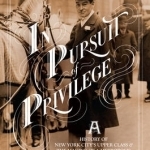
In Pursuit of Privilege: A History of New York City's Upper Class and the Making of a Metropolis
Book
A history that extends from the 1750s to the present, In Pursuit of Privilege recounts upper-class...
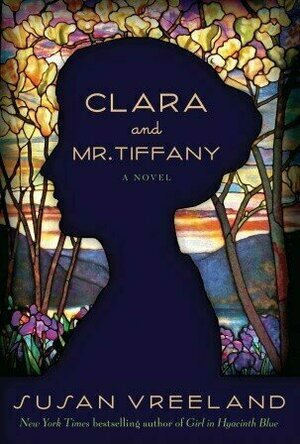
Clara and Mr. Tiffany
Book
Against the unforgettable backdrop of New York near the turn of the twentieth century, from the...
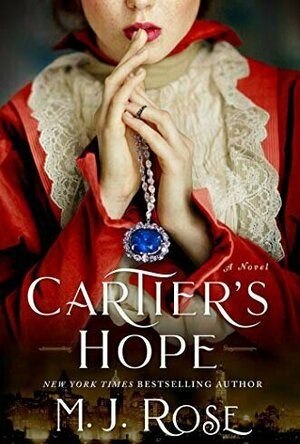
Cartier's Hope
Book
From M.J. Rose, New York Times bestselling author of Tiffany Blues, “a lush, romantic historical...

Night Trains: The Rise and Fall of the Sleeper
Book
Night trains have long fascinated us with the possibilities of their private sleeping compartments,...
